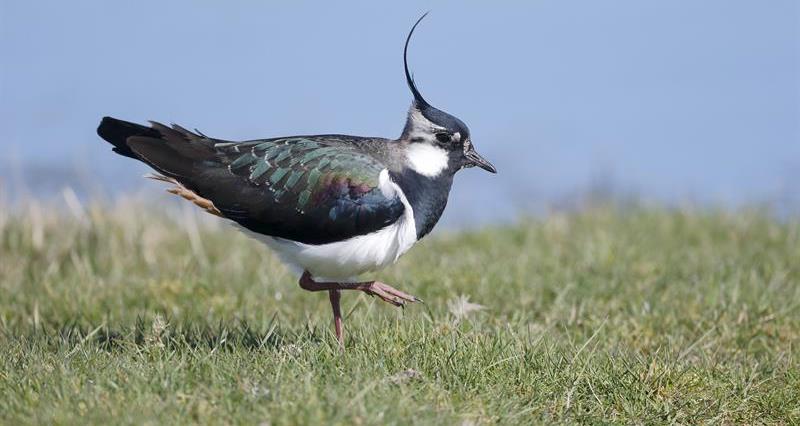What
Fallow plots can be created in areas where lapwings and the rare stone-curlew still nest on arable land to provide the best nesting habitat in areas where spring crops are rare or declining. One 2 ha plot per square kilometre should provide sufficient habitat to maintain a population in an area.
Why
On arable farmland, the lapwing and stone-curlew traditionally nested in summer fallows and spring crops which remained open throughout April and May. Now that these crops are relatively rare in many areas, they rely on the presence of fallow plots created and managed specifically for them. Neither species can breed successfully on arable land sown in the previous autumn.
Fallow plots can also support rare arable plants (especially on chalky or sandy soils) and game birds and other seed-eating birds through the winter (if left uncultivated until February or March).
How
Location
- Fallow plots are best sited exactly where the nests of lapwings or stone-curlews have previously been found.
- If you do not know where previous nests have occurred, choose an area in a large open arable field away from woodlands, tall hedges and overhead wires. Stone-curlews tend to avoid nesting within 1km of a trunk road. The minimum plot size is one hectare.
- Two hectare plots are the ideal size in which a stone-curlew pair can conceal themselves, or sufficient pairs of lapwings can nest to defend their nests from predators. One plot per square kilometre will support a sustainable population of both species. If plots can be placed in arable fields adjacent to grazed pasture fields, then chicks may be walked into the grazed fields to feed.
- Plots can be rotated around the farm until a successful site is found, but beware of the potential for wheat bulb fly to affect a cereal crop following a summer fallow. Once a plot has been used by nesting birds, it is better to have a fixed plot to increase the chances of birds returning in subsequent years.
Management
- Create a rough fallow before mid-March. Either rough plough in the autumn and allow to weather down through the winter, or harrow to create a rough surface in February or early March. Avoid creating anything as smooth as a seedbed, as birds will tend not to nest then until vegetation gives them some cover.
- For lapwings, the fallow should be left undisturbed from mid-March until mid-July. Stone-curlews may rear a second brood, and plots created for them should ideally be left until September, to give them the best chance of success. If you have nesting stone-curlews, then contact the RSPB for specific advice on how to manage the plot, as a licensed surveyor will be able to accurately estimate when eggs will hatch and chicks will fledge.
